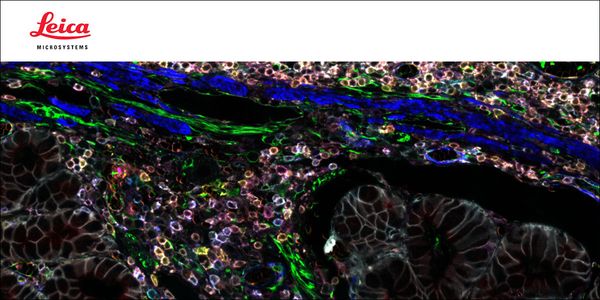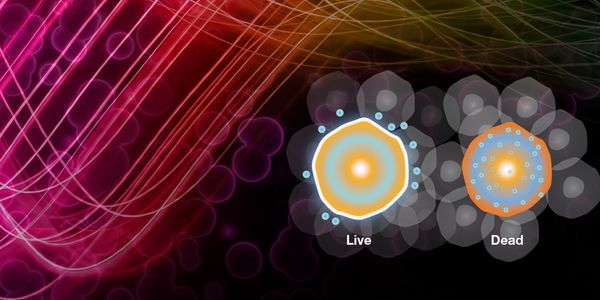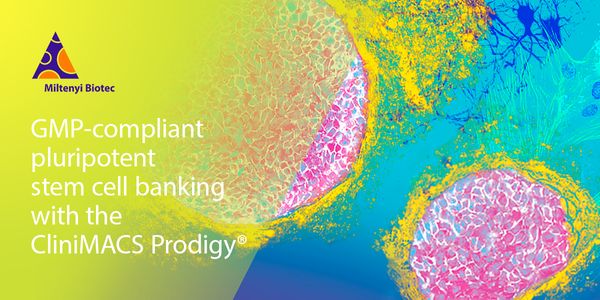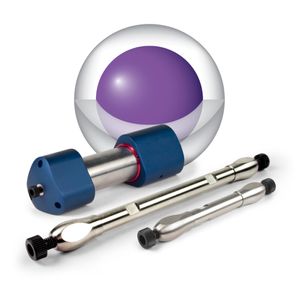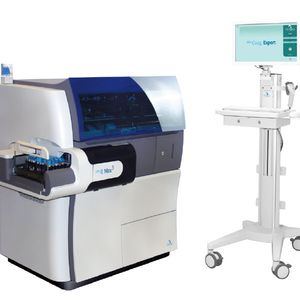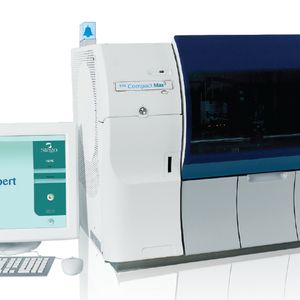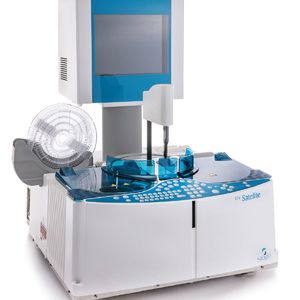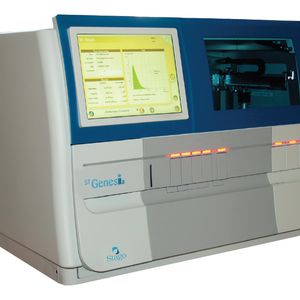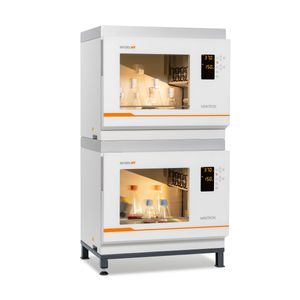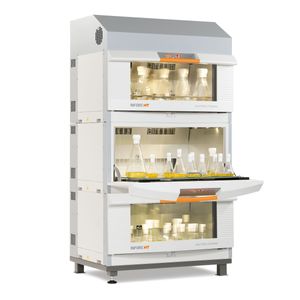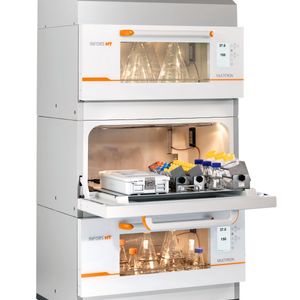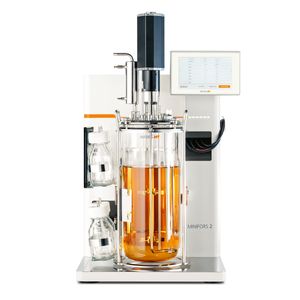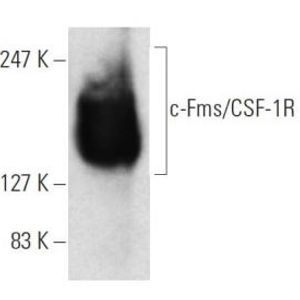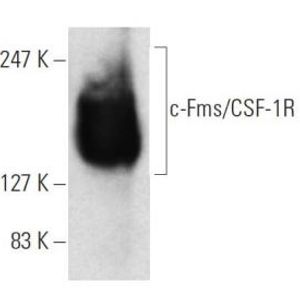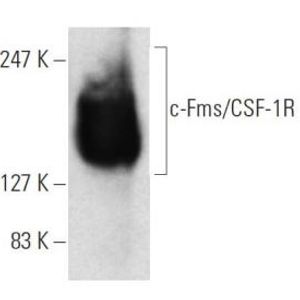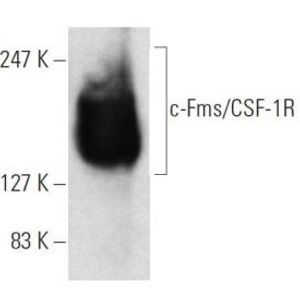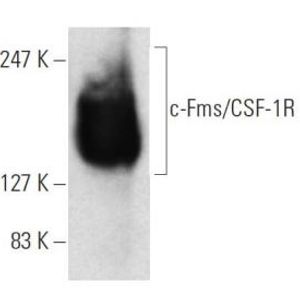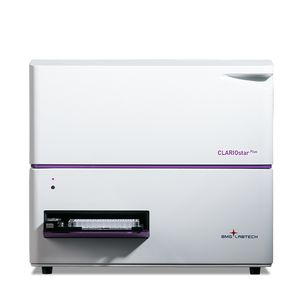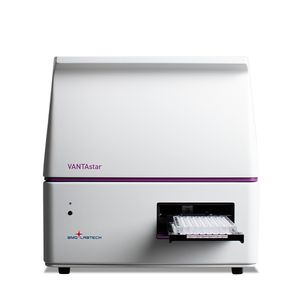Neuroscience Webinars
Learn from the latest webinars about newly released neuroscience research and advances in experimental techniques. Topics include research news in neuroscience, neurology, psychology, brain science and cognitive sciences.
Show More
-
OCT 14, 2021 | 9:00 AMDate: October 14, 2021 Time: 9:00am (PDT), 12:00pm (EDT), 5:00pm GMT Western blot analysis is a method widely used in the lab today because of its versatility in detecting and measuring spe...
-
OCT 13, 2021 | 7:00 AMDate: October 13, 2021 Time: 7:00am (PDT), 10:00am (EDT) Western blot analysis is a method widely used in the lab today because of its versatility in detecting and measuring specific target...
-
OCT 12, 2021 | 5:00 PMDate: October 12, 2021 Time: 5:00pm (PDT), 8:00pm (EDT) 222 Learning Objectives 222 222 222 Webinars will be available for unlimited on-demand viewing after live event. LabRoots is approved...
-
OCT 12, 2021 | 9:00 AMDate: October 12, 2021 Time: 9:00am (PDT), 12:00pm (EDT) SCIEX’s next-generation Biologics Explorer software is an innovative platform for the comprehensive and deep characterization o...
-
SEP 29, 2021 | 11:00 AMDate: Septembr 29, 2021 Time: 11:00am (PDT), 2:00pm (EDT) 3D cell models are becoming increasingly popular for studying complex biological effects, tissue functionality, and diseases. While...
-
SEP 29, 2021 | 10:00 AMDate: September 29, 2021 Time: 10:00am (PDT), 1:00pm (EDT) Multiplexed tissue analysis is a powerful technique that allows comparisons of cell-type locations and cell-type interactions withi...
-
SEP 28, 2021 | 8:00 AMDate: September 28, 2021 Time: 8:00am (PDT), 11:00am (EDT) Flow cytometry provides many advantages including single-cell quantitative analysis, high sample throughput, and multiplex cell cha...
-
SEP 23, 2021 | 9:00 AMDate: September 23, 2021 Time: 9:00am (PDT), 12:00pm (EDT) Western blotting and other immunological protein-analytical methods are widely used for detecting and (semi-)quantifying specific p...
-
SEP 22, 2021 | 8:00 AMDate: September 22, 2021 Time: 8:00am (PDT), 11:00am (EDT) New technologies generating successful cell and gene therapy approaches have contributed to a global growth of institutions that cu...
-
SEP 14, 2021 | 7:00 AMDate: September 14, 2021 Time: 7am PDT, 10am EDT, 4pm CEST A conventional thermal cycler has long been a commodity product in the lab and end-point PCR techniques can be completed almost wit...
-
SEP 09, 2021 | 8:00 AMDate: September 09, 2021 Time: 8:00am (PDT), 11:00am (EDT) Human pluripotent stem cells (PSCs) hold great potentials in regenerative therapies. In this webinar, Chao will first present the c...
-
In this preliminary experiment, we used spatial transcriptomics to assess the gene expression profiles of microglia or astrocytes in relation to their distance from plaques. We compared 18-m...
Technological advances such as single-cell RNA sequencing accelerated our understanding of cellular diversity in tissues. However, the ability to elucidate this cellular heterogeneity while...
In 1910, Harrison published the first report of frog embryonic sympathetic ganglia grown in hanging drops of lymph for a few days, where single neurons extended nerve fibers with complex gro...
The misfolding of intrinsically disordered proteins (IDPs) such as tau and α-synuclein (αSyn) has been associated with the on-set and progression of Alzheimer’s (AD) and Pa...





